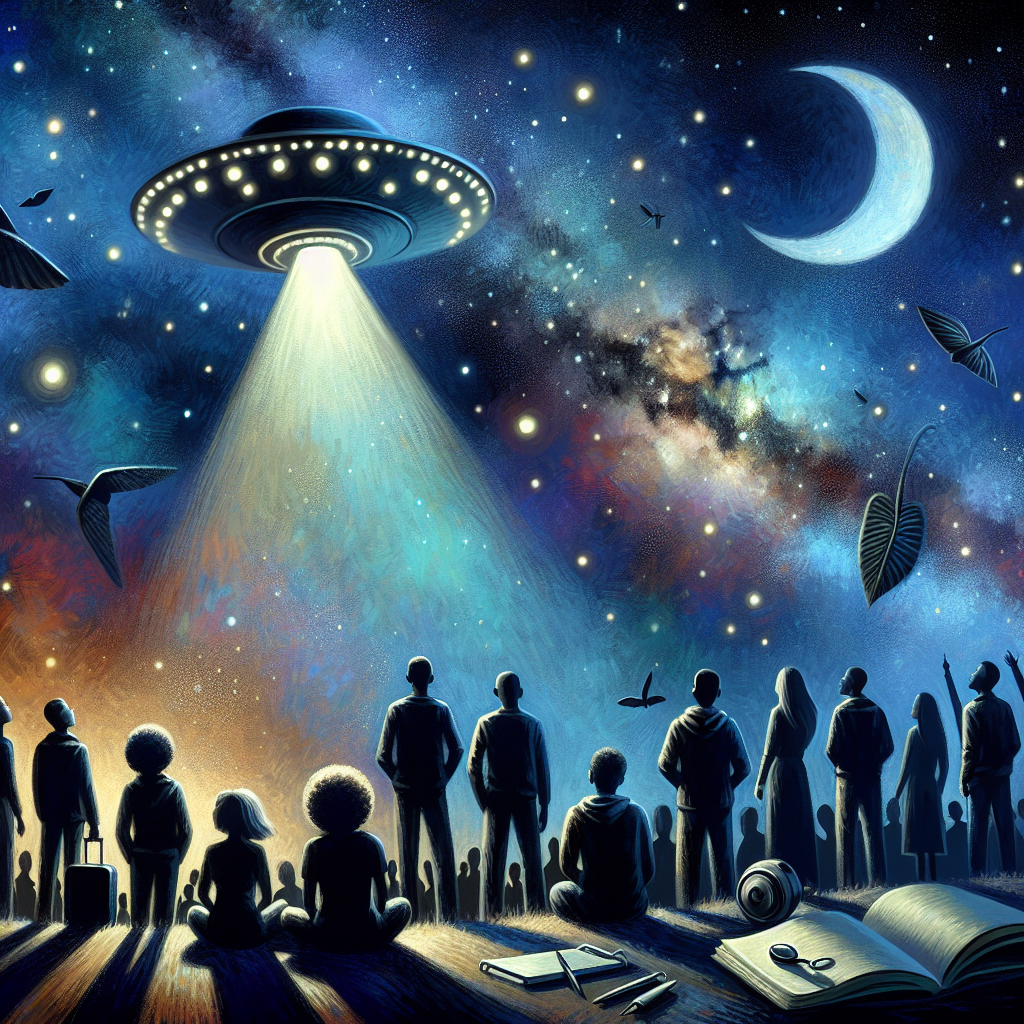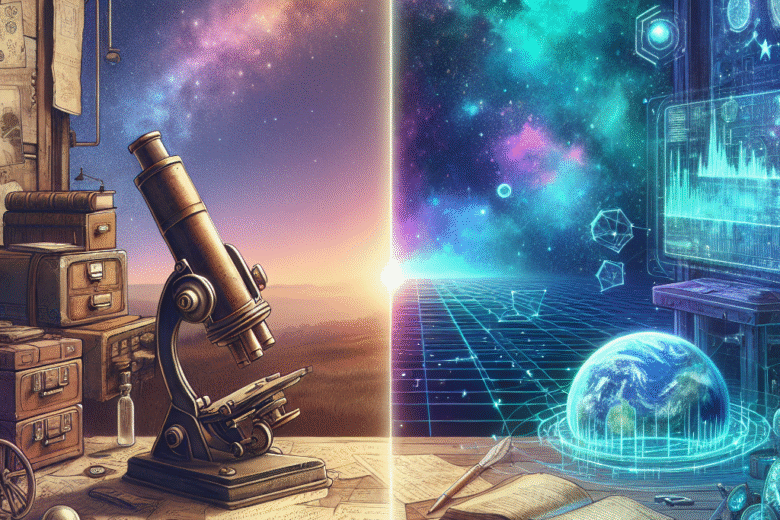UFO Research Methods: Traditional vs. Cutting-Edge
Unidentified Flying Objects, or UFOs, have fascinated humanity for decades, inspiring both curiosity and skepticism. As technology advances, so do the methods for researching these enigmatic phenomena. In this blog post, we’ll delve into the traditional and cutting-edge approaches to UFO research, exploring how each contributes to our understanding of the unknown.
Table of Contents
1. Introduction
2. Traditional UFO Research Methods
3. Cutting-Edge UFO Research Techniques
4. Comparing Traditional and Modern Methods
5. Conclusion
6. FAQs
Introduction
When it comes to UFO research, many people conjure images of grainy photos and mysterious lights in the sky. However, the field has evolved significantly, incorporating both time-tested techniques and innovative technologies. Whether you’re a skeptic or a believer, understanding these methods can provide valuable insights into the ongoing quest to uncover the truth behind UFO sightings.
Traditional UFO Research Methods
Traditional approaches to UFO research have laid the groundwork for how we investigate these phenomena today. Here are some of the key methods:
Eyewitness Testimonies
For decades, eyewitness accounts have been a cornerstone of UFO research. These personal narratives offer firsthand insights into UFO sightings, often providing detailed descriptions of the events. Despite their subjective nature, these testimonies offer valuable data points for researchers.

Photographic Evidence
Photographs and videos have long been used to document UFO sightings. While early images were often blurry or inconclusive, they still sparked interest and debate among researchers and the public. Analyzing these images involves careful examination of lighting, angles, and potential artifacts.
Field Investigations
Traditional field investigations involve visiting sighting locations, interviewing witnesses, and collecting physical evidence. This hands-on approach allows researchers to gather environmental data and context that could explain or support UFO sightings.
Cutting-Edge UFO Research Techniques
As technology advances, so do the tools available for UFO research. Here are some modern methods that are revolutionizing the field:
Radar and Satellite Tracking
Modern researchers utilize radar and satellite technology to track unidentified aerial phenomena. These tools provide precise data on the speed, altitude, and trajectory of objects, offering a more scientific basis for analysis.
AI and Machine Learning
Artificial intelligence and machine learning algorithms are increasingly used to analyze large datasets of UFO sightings. These technologies can identify patterns and correlations that human researchers might overlook, providing new insights into potential explanations.
Infrared and Thermal Imaging
Infrared and thermal imaging technologies allow researchers to detect heat signatures and other anomalies that may not be visible to the naked eye. These tools are particularly useful for identifying objects in low-light conditions.
Comparing Traditional and Modern Methods
Both traditional and modern methods have their strengths and weaknesses. Traditional approaches offer the richness of human experience and historical context, while cutting-edge techniques provide precision and scalability. Combining these approaches can lead to a more comprehensive understanding of UFO phenomena.
For example, eyewitness testimonies can be cross-referenced with radar data to corroborate sightings, while AI algorithms can analyze historical photographic evidence for unexplained patterns. This hybrid approach maximizes the strengths of both methodologies.
Conclusion
UFO research is an ever-evolving field that blends traditional methods with cutting-edge technology. As our tools and understanding improve, so does our ability to explore the mysteries of the skies. Whether you’re a dedicated researcher or a curious observer, staying informed about these methods is crucial in the quest for truth.
FAQs
Q: Are eyewitness testimonies reliable?
A: While eyewitness testimonies can be subjective, they provide valuable insights and can be corroborated with other evidence.
Q: How does AI help in UFO research?
A: AI can analyze large datasets and detect patterns that might be missed by human researchers, offering new perspectives on UFO phenomena.
Q: What role do radar and satellite play in modern UFO research?
A: Radar and satellite technologies offer precise data on unidentified aerial phenomena, enhancing the scientific analysis of sightings.
Exploring the skies has never been more exciting, and who knows what discoveries await as we continue to advance our research methods? 🚀👽
Looking for a side hustle
Check out one of the best around atm
